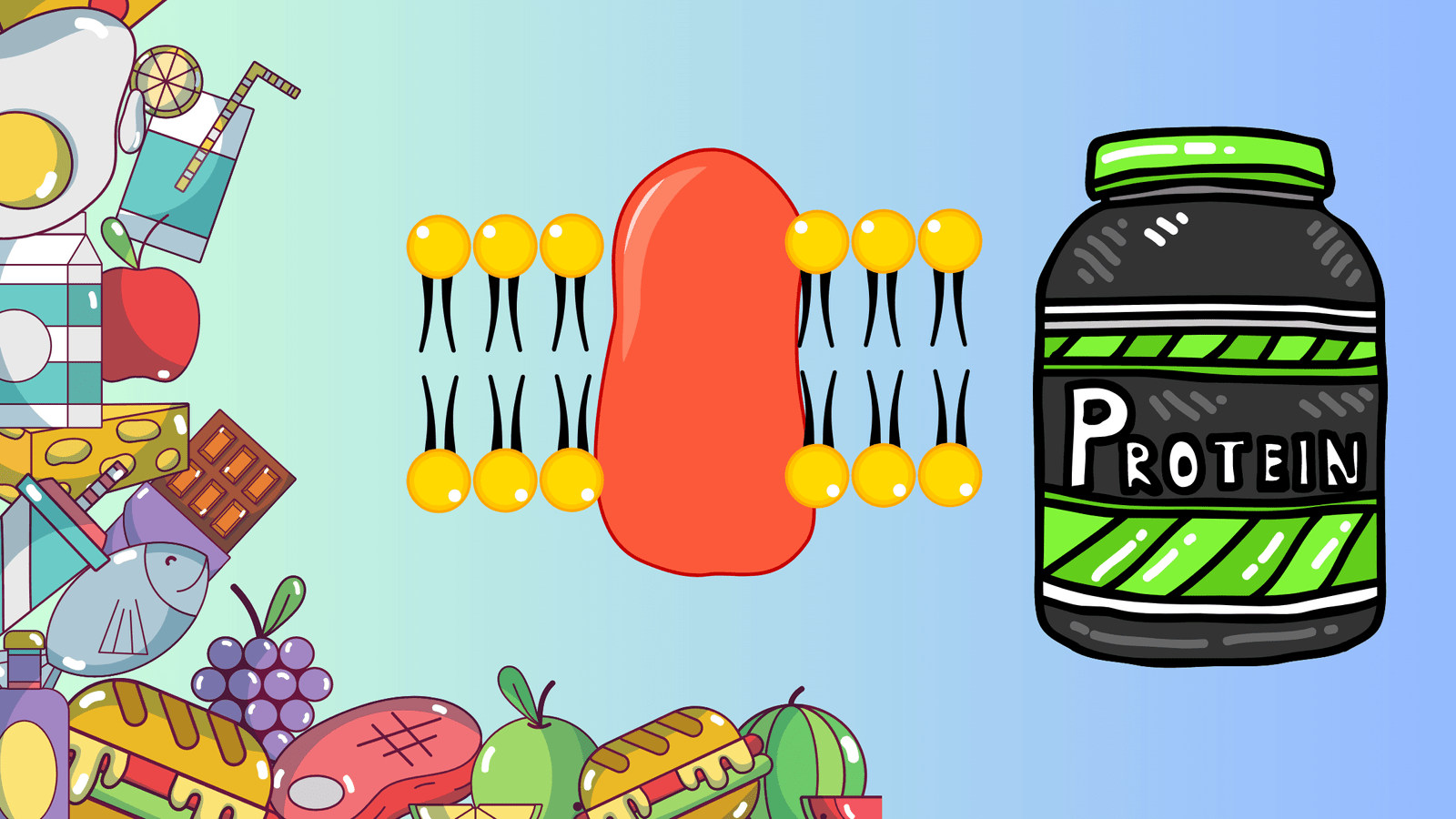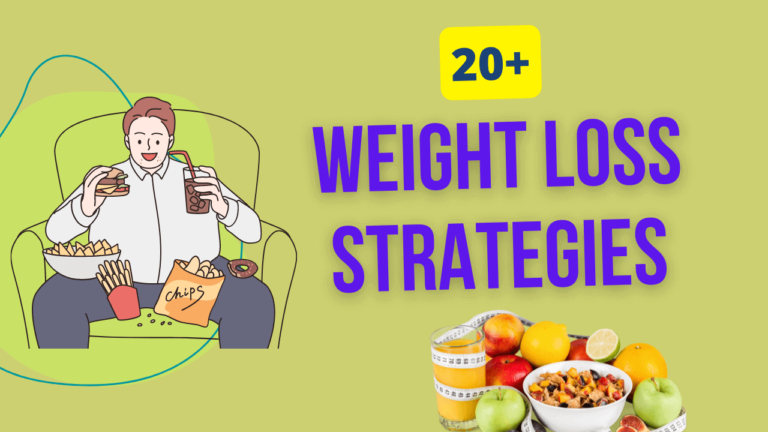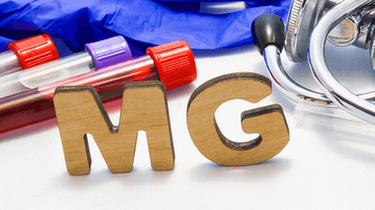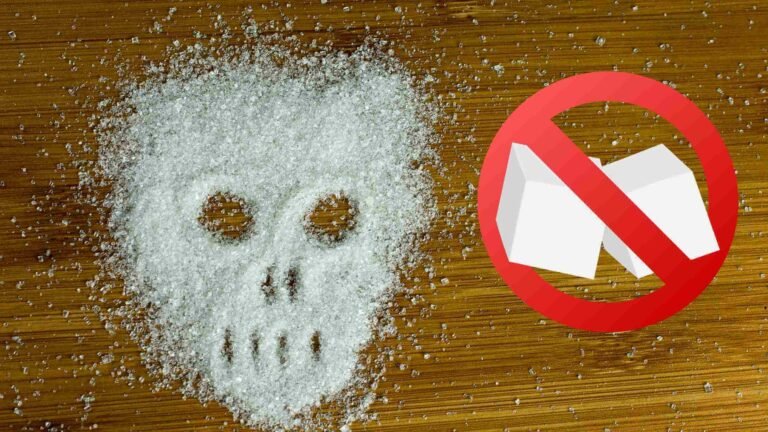5 Facts About Protein You Should Know (But Probably Don’t).

Did you know that there are fascinating facts about protein? It plays an integral role in numerous biological processes occurring within our bodies. From assisting in muscle building and repair to providing structural support to cells, facilitating nutrient transportation and storage, and even shaping our organs, glands, arteries, and muscles
The macronutrient of the moment is protein. More than 9.1 billion people have watched videos with the hashtag “protein” on TikTok, where influencers claim the mineral helps people lose weight, grow lean, muscular bodies, and speed up their metabolisms.
Proteins are an essential component of our diet and play a crucial role in various physiological processes within the human body. Understanding the significance of protein is key to maintaining a healthy lifestyle.
But reality differs from rhetoric. Although those who are extremely active might require a little more, the majority of us likely get enough protein.
In this blog post, we will explore five important aspects of protein, backed by scientific research, to help you gain a deeper understanding of this vital nutrient.
What is Protein?
Proteins are large, complex molecules made up of smaller units called amino acids. There are 20 different amino acids that can be combined in various sequences to form proteins. These amino acids are linked together by peptide bonds, forming long chains. Each protein’s unique sequence of amino acids determines its specific structure and function within the body. (source: Scientific American).

Why is protein so important?
The amino acids in protein are the body’s primary structural components. Detoxification, inflammatory control, nutrition metabolism, and, most importantly, cellular and tissue maintenance and repair all require them.
Consuming protein at each meal improves the body’s ability to store and utilize the nutrients it receives. certain capabilities may be impaired if insufficient amounts of certain essential amino acids are present.
There are two types of amino acids: essential and non-essential. The body can produce non-essential amino acids on its own, but it must get essential amino acids from food. In contrast to the ‘complete’ proteins found in animals, which include all nine essential amino acids, the proteins found in plants are typically incomplete but can be joined to form full proteins.
Sources of Protein:
Protein can be obtained from both animal and plant sources. Animal-based protein sources include meat, poultry, fish, eggs, and dairy products. These sources are considered “complete” proteins as they provide all essential amino acids required by the body. Plant-based protein sources include legumes, nuts, seeds, and grains. While these sources may lack certain essential amino acids individually, combining different plant-based proteins can ensure a complete amino acid profile. (source: Harvard T.H. Chan School of Public Health)
All Facts About Protein You Should Know.
1. People who work out need more protein than people who don’t.
The protein needs of individuals vary based on their activity levels. While sedentary individuals typically require around 0.8 grams of protein per kilogram of body weight according to the recommended daily allowance, this amount may be inadequate for physically active individuals. Eric Rawson, a nutrition and exercise professor, suggests that the government’s protein recommendation is sufficient for basic survival but falls short for active people.
For those who lead an active lifestyle, it is advisable to consume 1 to 1.2 grams of protein per kilogram of body weight each day. However, the protein intake can be increased even further to 1.6 grams per kilogram of body weight daily for highly active individuals.
To put it simply, if you weigh 160 pounds (72.5 kilograms), consuming 72.5 grams of protein daily would meet the recommended intake. This could be achieved through the consumption of foods such as a 6-ounce steak (approximately 42 grams of protein), a cup of Greek yogurt (around 17 grams), and half a cup of tofu (about 20 grams).
In certain cases, particularly during intense training periods when muscles are constantly stressed, researchers advocate for even higher protein intake. Athletes may require as much as 2.2 grams of protein per kilogram of body weight daily, equivalent to approximately one gram of protein per pound of body weight, according to Shawn Arent, a sports nutrition researcher and the chairman of the exercise science department at the University of South Carolina.
2. Should I up my protein intake?
There is undoubtedly an advantage to exceeding the recommended dietary allowance for protein. While eating protein helps control appetite and build muscle, there is a point when any more protein you consume will be stored as fat, just like any other macronutrient.
Additionally, as Baum pointed out multiple times, going above your daily calorie needs can lead to weight gain rather than loss if you merely increase protein without cutting anything else. However, Baum says there’s no need to worry about eating a lot of protein unless you have kidney illness or poorly managed diabetes.
Maintaining a healthy weight may be aided by eating a little more protein. One study found that a rise in protein intake from 15% to 18% of calories resulted in a 50% decrease in weight regain.
3. Protein and Weight Management:
Including protein-rich foods in your diet can be beneficial for weight management. Protein has a higher satiety effect compared to carbohydrates and fats, meaning it helps you feel fuller for longer. By incorporating protein into meals and snacks, you may reduce overall calorie intake and control cravings, aiding in weight loss or maintenance.
Additionally, protein has a higher thermic effect on food (TEF), meaning it requires more energy to digest and metabolize compared to other macronutrients, contributing to a modest increase in calorie expenditure. However, it’s important to balance protein intake with other essential nutrients and maintain a well-rounded diet. (source: [Nutrition Reviews].
4. Meat isn’t necessary to meet your daily protein requirements.
Contrary to popular belief, obtaining an adequate amount of protein without consuming meat is entirely possible. Whether you follow a vegan or vegetarian lifestyle, it’s essential to understand the differences between plant and animal protein sources.
Registered dietitian Marie Spano, RD, a sports nutritionist for professional sports teams like the Atlanta Hawks, Braves, and Falcons, sheds light on the topic. While plant-based protein can meet your needs, it requires a bit more consideration to ensure you’re obtaining a variety of sources to optimize your intake.
Understanding the Protein Difference:
Animal-based protein sources provide all the essential amino acids and are more readily available to the body. In contrast, plant-based protein sources, for the most part, may not offer all 20 amino acids and may have lower bioavailability. This means that some plant compounds may not be as easily absorbed and utilized by the body. Nonetheless, by carefully planning your diet, you can still meet your protein requirements without consuming meat. (source: Marie Spano, RD)
Key Plant-Based Protein Sources:
If you choose a meatless diet, there are several excellent sources of plant-based protein available to you. Soybeans and pulses, such as chickpeas, lentils, peas, and various beans, are among the primary protein sources for non-meat eaters. Additionally, nuts, seeds, and whole grains contribute to your protein intake. It’s important to note that combining different plant proteins within a meal is crucial to ensure you’re obtaining all essential amino acids. By mixing plant protein sources, you create a complete amino acid profile, enhancing the nutritional quality of your meals. (source: Marie Spano, RD)
The Power of Protein Combinations:
To optimize protein intake, it’s recommended to combine different plant protein sources. For instance, pairing legumes (such as lentils) with grains (such as brown rice) or consuming nuts alongside whole grains can create complementary amino acid profiles. These combinations help bridge any potential gaps in essential amino acids, providing a balanced and complete protein source. By incorporating a variety of plant-based protein sources into your diet, you can ensure your nutritional needs are met. (source: Marie Spano, RD)
Meeting Nutritional Needs:
While you don’t have to eat meat to obtain sufficient protein, it’s important to plan your meals thoughtfully to ensure you meet your nutritional needs. Consider diversifying your diet by incorporating a range of plant-based protein sources. Aim for a balanced distribution of protein throughout the day, including protein-rich foods in each meal and snack. This approach will help you obtain the necessary amino acids and support overall health and well-being. (source: Marie Spano, RD).
Related: 14 Vitamins For Over 40, What Vitamins Should A 40-Year-Old Take?
5. Protein Anabolism or Catabolism?
Proteins in the human body undergo constant metabolic processes, involving repair, growth, and breakdown. Understanding the concepts of anabolism and catabolism sheds light on how proteins contribute to muscle gains, repair, and overall cellular health. These processes occur at various levels within the body, including cellular, organ, and organism levels.
Anabolism:
Repair and Growth Anabolism refers to the process of protein repair and growth, where smaller proteins are synthesized into larger ones. This phase is crucial for muscle gain and overall tissue development. During anabolic states, the body requires an adequate supply of protein to ensure sufficient resources are available for repair and growth. By providing the necessary amino acids through dietary protein intake, individuals can support muscle growth and optimize their anabolic potential. (source: Nutrition and Metabolism)
Catabolism:
Breaking Down Proteins Catabolism, on the other hand, involves the breakdown of proteins into smaller units known as amino acids. This process occurs constantly in the body, facilitating the recycling of damaged cells and allowing for the production of new cells.
In various tissues, including the skin, bones, muscles, and other cells, catabolism plays a vital role in maintaining cellular health and functionality. During exercise, particularly weight training, micro-tears in muscle fibers lead to a catabolic state. To ensure proper recovery, repair, and potential growth, an adequate supply of dietary protein is necessary. (source: Frontiers in Physiology)
Balancing Anabolism and Catabolism
Maintaining a delicate balance between anabolism and catabolism is essential for overall health and optimal physical performance. In the context of muscle growth and repair, it is important to provide the body with sufficient protein during periods of anabolic demand, such as post-exercise recovery.
By supplying the necessary amino acids, individuals can support the repair of damaged muscle fibers and promote muscle growth. This balance can be achieved through a well-rounded diet that includes an appropriate amount of protein from various sources. (Source: Journal of the International Society of Sports Nutrition)
Protein Intake and Muscle Maintenance
To support muscle maintenance and prevent excessive catabolism, individuals should consider their daily protein intake. The recommended protein intake varies depending on factors such as body weight, physical activity level, and specific goals.
Athletes and individuals engaged in regular exercise may require higher protein intake to meet their increased demands. Consuming protein-rich foods throughout the day, particularly after exercise, can aid in muscle repair, growth, and maintenance. It is important to consult with a healthcare professional or registered dietitian to determine the appropriate protein intake for individual needs. (source: International Journal of Sports Nutrition and Exercise Metabolism)
Optimizing Protein Balance for Muscle Growth
To optimize protein balance and support muscle growth, individuals can adopt strategies such as consuming high-quality protein sources, distributing protein intake evenly throughout the day, and considering protein timing around exercise.
Incorporating a combination of animal and plant-based protein sources can help ensure a varied amino acid profile. Additionally, regular resistance training, alongside adequate protein intake, plays a crucial role in maximizing muscle gains and minimizing muscle breakdown. A comprehensive approach to nutrition, exercise, and recovery is key to achieving desired muscle growth outcomes. (source: Nutrients).
6. The timing of meals is crucial.
In particular, having a protein-rich breakfast has been lauded by specialists. If you often eat cereal for breakfast and chicken for dinner, you should add additional protein to your morning meal. Reasons why Professor Emeritus of Food Science and human nutrition at the University of Illinois, Donald K. Layman, Ph.D., says that as we sleep, our bodies begin to break down protein, which is thought to play a factor in why we gradually lose muscle as we age.
Your body will remain in breakdown mode until you fuel the repair and replacement phase with a protein-rich meal. According to the professionals I questioned, the optimal amount of protein to consume at breakfast is between 20 and 35 g. After that, you should try to maintain a consistent calorie intake at each meal.
Conclusion
In conclusion, protein is a vital nutrient with diverse functions in the body. By understanding facts about protein, its sources, functions, and metabolic processes, we can make informed choices about our diet and ensure we meet our protein needs for optimal health, muscle growth, and overall well-being.






